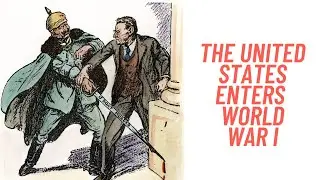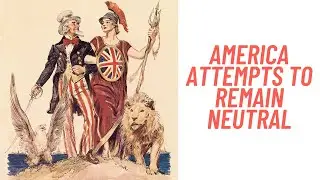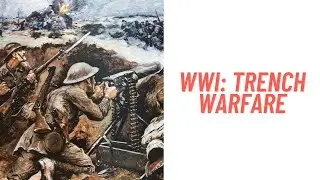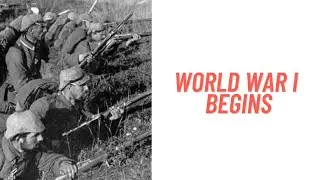History Brief: Civil Defense at Home (1950s Cold War)
This video gives a brief description of Civil Defense preparations made in private homes and communities during the height of the Cold War. Teachers, check out our store on TpT: http://bit.ly/2fSXb3V
***
Music Provided by Piano Horror: / killtastrophe001
The song is available here: http://bit.ly/NoxArcanaVeilOfDarkness
***
Like our Facebook page: / readingthroughhistory
Follow us on Instagram: / bigmarshdawg77
Follow us on Twitter: / bigmarshdawg77
Check out our TpT store: https://www.teacherspayteachers.com/S...
Check out our website: http://readingthroughhistory.com/
Copyright Disclaimer Under Section 107 of the Copyright Act 1976, allowance is made for fair use for purposes such as criticism, comment, news reporting, teaching, scholarship, and research. Fair use is a use permitted by copyright statute that might otherwise be infringing. Non-profit, educational, or personal use tips the balance in favor of fair use.
***
In this video:
Schools were not the only place where the Federal Civil Defense Administration was attempting to make people safe. Outside of school, they were also trying to help the general population understand what steps they could take to be safer. How did the FCDA try to accomplish this task?
There were many different steps taken by the FCDA. Brochures, films and radio segments all focused on “what to do” in the event of a nuclear attack. The FCDA also distributed millions of instruction manuals and handbooks, such as “How to Survive an Atomic Bomb”. Most of these manuals were optimistic in nature and stressed that the most important thing was “to stay calm and not panic”.
The FCDA encouraged women to take the lead in civil defense in many different ways. Women were taught that good housekeeping was one of the first steps in preventing fires. They also received tips on how to stock a first aid kit and medical tags, how to prepare a shelter in a basement, and how to recognize the different types of air raid sirens.
The FCDA even began a program known as “Grandma's Pantry” in which it was recommended that all homes keep a supply of at least two weeks of non-perishable food in their pantry. The name of the program was to remind everyone of a simpler time when “Grandma always had enough food in her house to protect the family from any natural disaster.”
Women also frequently served as “block wardens” throughout the 1950s and ‘60s. A block warden was supposed to organize families (usually about 25 to 30 families), so that the neighborhood would have a coordinated plan in case of an attack. The FCDA often referred to block wardens as “the backbone of civil defense”.
Aside from block wardens, there were other volunteer positions as well, such as fire wardens, rescue wardens, first aid wardens, evacuation wardens, and communications wardens. Some citizens also volunteered for the important position of “spotter” for the US Air Force. These were civilians who were trained to watch the skies and keep an eye out for enemy aircraft.
These and many other measures helped the average citizen feel more secure during the troubled times of the Cold War era.



















